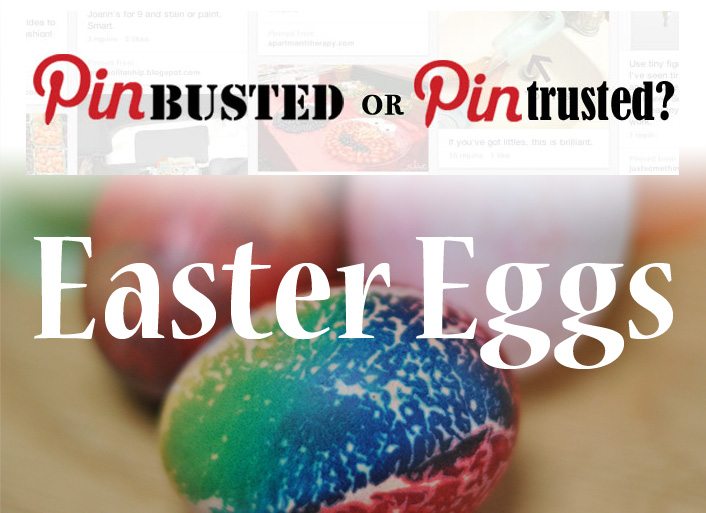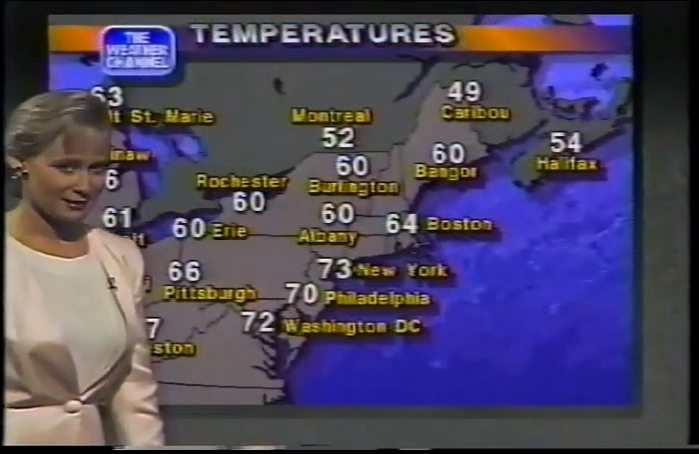
Photograph and image composite © Helen Barker
My heart sank when I read the throwaway final line of our school newsletter last week. It read: “The school Easter Egg competition will take place on Thursday the 3rd of April.” Although I’m normally the first one to start a new crafty project, my recent sewing exertions left me feeling all crafted out. However, with an eager 4-year-old egging me on, I decided that we ought to try a few egg dyeing techniques. I started to trawl Pinterest for ideas. Here in the UK we don’t do a lot of egg dyeing at Easter. Decorating, sometimes; eating, often; throwing, occasionally; but we don’t generally dye them. I like dyeing yarn and fabric, and I thought that this was something that my daughter could do herself with a little help. We picked out three egg dyeing pins that looked bright and exciting: tie dye, shaving foam marbling, and melting wax crayons. I also thought we’d try a decoupage style photograph tutorial too, as that looked like fun.
To prepare for our decorating eggstravaganza, I hard-boiled and cooled some eggs for my daughter to use. I decided that I’d like to make my eggs into decorations, so spent a good half an hour blowing the insides out instead. This does give a lighter egg, plus you can use the insides for scrambled eggs or omelettes. If you’ve not blown an egg before you just need to make two small holes, one at each end, with a sharp needle. Hold the egg upright and blow really hard into the top hole, catching the insides into a cup or bowl. Keep wiggling the needle around inside to pop the yolk. If you have been advised to avoid raw eggs I’d give this a miss and stick with the hard-boiled eggs, as some of the raw egg can come back out of the hole. We started with the standard brown eggs available in the UK, but I decided that we’d have better results with white eggs instead, which meant a trip to the supermarket for duck eggs. They were a little more expensive than normal eggs but worth it, because the results were much better and the eggs themselves are bigger too.

Photographs © Helen Barker
Our first attempt was the tie dye eggs, following this tutorial. This was such a quick and easy craft. We laid a few sheets of paper towel into a glass dish lid and sprinkled on some drops of liquid food coloring. After we were happy with the colors, we added some white vinegar until the paper towel was wet and the colors had blended. Next, we wrapped the eggs up tightly in the paper towel, popped them inside a plastic bag, and sealed the top. We left the eggs for about 24 hours before unwrapping them. This worked really well and was incredibly easy. Because the vinegar is added to the paper and it’s held against the eggshell for a long time, the colors are really bright and vibrant. My daughter was able to do this almost completely independently, with just a little help to make sure that she didn’t end up covered in food coloring. This was by far my favorite technique and one I’ll be using in years to come.
Verdict:Confirmed

Photographs © Helen Barker
Next we tried the shaving foam marbling, where I followed these very comprehensive instructions. For this, we put down a layer of shaving foam in the glass lid, before sprinkling on our food coloring and giving it a swirl to make the marble patterns. After the eggs had been dipped in vinegar, we rolled them through the foam and put them onto my baking rack to dry. The next morning we removed the foam and found that the eggs had taken some of the color, but not as much as the tie dye technique. I tried with a duck egg and found that most of the dye seemed to wipe off, which left a pretty but pale egg. Whether we didn’t soak them in vinegar for long enough, or whether we used too much shaving foam, I don’t know. The shaving foam was quite expensive and we used a whole can, so it’s worth trying to get a couple of eggs out of each batch. You can mix the colors together and then use it as a background for the next lot of food coloring, which makes it go a bit further. On the plus side this was lots of fun and nowhere near as messy as normal marbling, and it was easy to clean up afterwards too. Unfortunately the results weren’t quite as lovely as I’d expected, especially considering the results that I’d seen online. It might just have been my technique at fault, but this wasn’t as good as I’d hoped, and it’s not a technique I’d use again.
Verdict:Plausible

Photograph © Helen Barker
The wax crayon eggs looked like they should be really easy. While the eggs boiled I gathered a pile of wax crayons ready to start. However, it was that moment that my daughter decided to wander off upstairs and start making something else. By the time that I’d managed to coax her back downstairs again our eggs were really only warm. Although this made them easier to handle, it also meant that the crayons didn’t melt as well as they should and the colors were rather muted. I had one hard-boiled egg left, so we gave that another blast in the pan and had another go. This time the egg was hot to the touch, and the wax crayons melted more easily, giving much better coverage and color. However, it was difficult to maneuver the egg without smudging the wax (despite my MacGyvered holder made out of an upside down rubber ice cube tray). For our duck eggs, I made sure that we used the wax crayons on them while they were still very hot. I had to handle and turn the egg over for my daughter, but she was able to draw on it herself. The results were really vibrant and very easy to achieve.
Verdict:Confirmed

Photographs © Helen Barker
Our final egg involved gluing photographs on the eggshells, following these instructions. For this, I prepared some photographs and arranged them in Photoshop, making them small enough to cut out and stick into the eggs. I chose one of my Waterlogue images and my daughter wanted photos of her little brother. I then stuck the edges of a tissue down onto a piece of card with masking tape before feeding it carefully through the printer. I left the printer at normal plain paper quality, as I didn’t want it to use too much ink. After cutting the photos out, we glued the single sheets of printed tissue onto the eggs carefully with clear drying craft glue. PVA, Decopatch glue or Modge Podge would be fine for this. My daughter found this quite tricky, as she kept ripping the fragile tissue with the brush. If you’re careful though, the results are really pretty. The images need to be quite small and you need an inkjet printer that will take the extra width of the tape and tissue, but it was fairly quick and definitely gives a really interesting egg.
Verdict:Confirmed
If you’d like more inspiration for decorating your Easter eggs, have a look at Laura’s Not Your Average Easter Egg post, or learn how to dye eggs with Kool-Aid in Judy’s post, Mmmm, Fruity!




I just saw that my niece is trying the shaving foam marbling… We’ll see how it turns out!! She has your experience to inform hers. Thanks for the report, Helen.